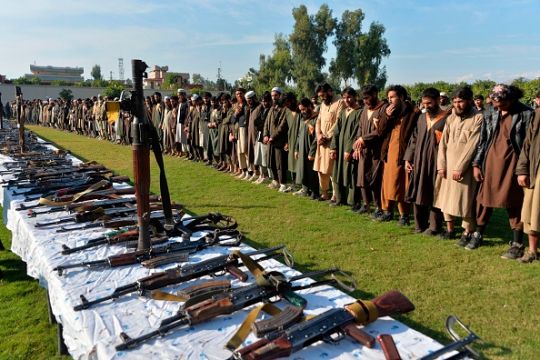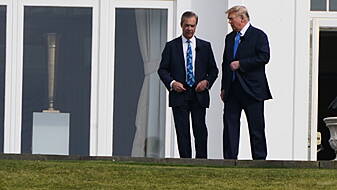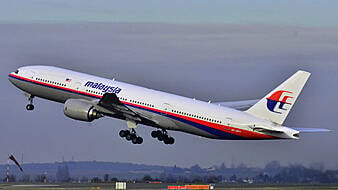An attack on a crowd gathered outside Kabul’s airport on this week has left at least 60 people dead. ISIS-K claimed responsibility for the coordinated suicide bomb and gun assault. So who is Isis-K and what is the level of threat from the group?
- Islamic State Khorasan (Isis-K), named after an old term for the region, first appeared in eastern Afghanistan in late 2014 and quickly established a reputation for extreme brutality.
- Some experts on Islamist militancy in the region say it was founded by hardline elements of the Pakistani Taliban who fled into Afghanistan when Pakistan security forces cracked down on them.
- Initially confined to a small number of areas on the border with Pakistan, the group established a second major front in northern provinces including Jawzjan and Faryab. The Combating Terrorism Center at West Point said Isis-K includes Pakistanis from other militant groups and Uzbek extremists in addition to Afghans.
- In April 2017, a US cargo aircraft dropped a 20,000-pound bomb, known as the MOAB (Mother of All Bombs), on a cave complex linked to Isis-K in Achin district, eastern Afghanistan. It was the largest conventional bomb in the US arsenal.
- Isis-K has fought both the Western-backed government and the Taliban, but its precise operational connection with the main Islamic State movement in Iraq and Syria remains uncertain.
- US intelligence officials believe the movement used the instability that led to the collapse of the Western-backed government this month to strengthen its position and step up recruitment of disenfranchised Taliban members.
- Among its recent targets was a Sufi mosque, electrical pylons and fuel tankers and Shi'ite bus passengers in Kabul. In addition, US officials believe an attack on a girls school for the mainly Shi'ite Hazara minority was the work of Isis-K.
Background
Amira Jadoon, a terrorism expert at the US Military Academy West Point, and Andrew Mines, a research fellow at the George Washington University’s Program on Extremism, have been tracking Isis-K for years and answered our questions about who the terrorist group is, and the threat it poses in a destabilised Afghanistan.
The Islamic State Khorasan Province, which is also known by the acronyms Isis-K, ISKP and ISK, is the official affiliate of the Islamic State movement operating in Afghanistan, as recognised by Islamic State core leadership in Iraq and Syria.
Isis-K was officially founded in January 2015. Within a short period of time, it managed to consolidate territorial control in several rural districts in north and northeast Afghanistan, and launched a lethal campaign across Afghanistan and Pakistan. Within its first three years, Isis-K launched attacks against minority groups, public areas and institutions, and government targets in major cities across Afghanistan and Pakistan.
By 2018, it had become one of the top four deadliest terrorist organisations in the world, according to the Institute for Economics and Peace’s Global Terrorism Index.
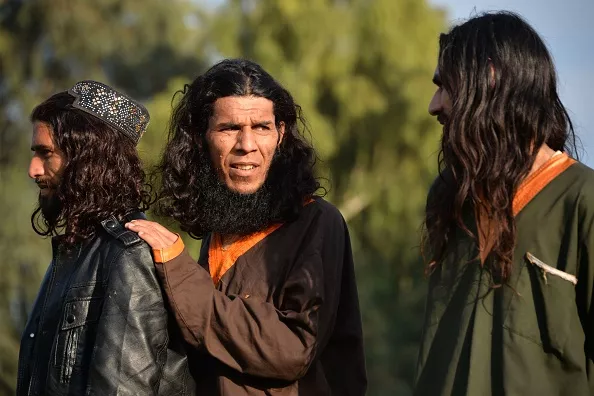
Defeated
But after suffering major territorial, leadership and rank-and-file losses to the US-led coalition and its Afghan partners – which culminated in the surrender of over 1,400 of its fighters and their families to the Afghan government in late 2019 and early 2020 – the organisation was declared, by some, to be defeated.
Isis-K was founded by former members of the Pakistani Taliban, Afghan Taliban and the Islamic Movement of Uzbekistan. Over time, though, the group has poached militants from various other groups.
One of the group’s greatest strengths is its ability to leverage the local expertise of these fighters and commanders. Isis-K first started to consolidate territory in the southern districts of Nangarhar province, which sits on Afghanistan’s northeast border with Pakistan and is the site of al-Qaida’s former stronghold in the Tora Bora area.
Isis-K used its position on the border to garner supplies and recruits from Pakistan’s tribal areas, as well as the expertise of other local groups with which it forged operational alliances.
Substantial evidence shows that the group has received money, advice, and training from the Islamic State group’s core organisational body in Iraq and Syria. Some experts have placed those figures in excess of $100 million.
Strategy
Isis-K’s general strategy is to establish a beachhead for the Islamic State movement to expand its so-called caliphate to Central and South Asia.
It aims to cement itself as the foremost jihadist organisation in the region, in part by seizing the legacy of jihadist groups that came before it. This is evident in the group’s messaging, which appeals to veteran jihadist fighters as well as younger populations in urban areas.
Like the group’s namesake in Iraq and Syria, Isis-K leverages the expertise of its personnel and operational alliances with other groups to carry out devastating attacks. These attacks target minorities like Afghanistan’s Hazara and Sikh populations, as well as journalists, aid workers, security personnel and government infrastructure.
Isis-K’s goal is to create chaos and uncertainty in a bid to push disillusioned fighters from other groups into their ranks, and to cast doubt on any ruling government’s ability to provide security for the population.

Isis-K sees the Afghan Taliban as its strategic rivals. It brands the Afghan Taliban as “filthy nationalists” with ambitions only to form a government confined to the boundaries of Afghanistan. This contradicts the Islamic State movement’s goal of establishing a global caliphate.
Since its inception, Isis-K has tried to recruit Afghan Taliban members while also targeting Taliban positions throughout the country.
Isis-K’s efforts have met with some success, but the Taliban have managed to stem the group’s challenges by pursuing attacks and operations against Isis-K personnel and positions.
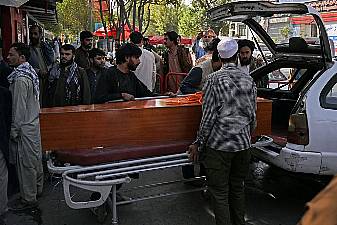
These clashes have often occurred in tandem with US and Afghan air power and ground operations against Isis-K, although the full extent to which these operations were coordinated is still unclear.
As a relatively weakened organisation, Isis-K’s immediate goals are to replenish its ranks and signal its resolve through high-profile attacks. Doing so can help ensure that the group doesn’t become an irrelevant player in the Afghanistan-Pakistan landscape.
In addition to its attacks against Afghan minorities and civilian institutions, the group has targeted international aid workers, land-mine removal efforts and tried to assassinate the top US envoy to Kabul in January 2021. - Reuters
